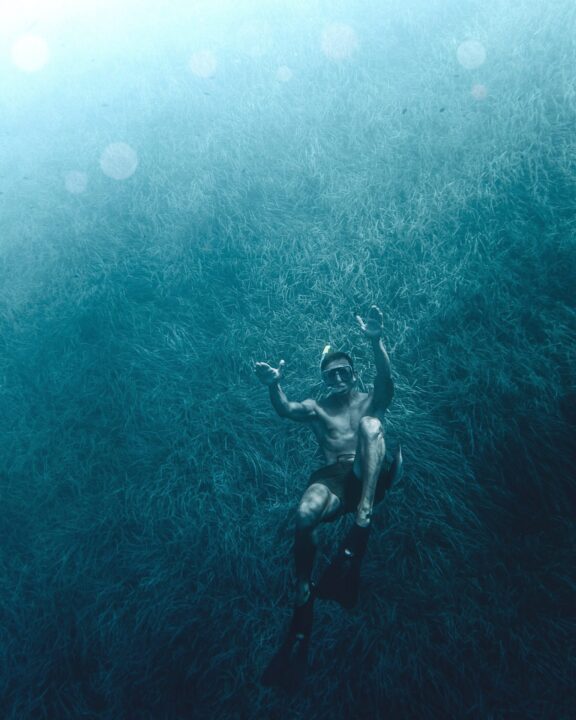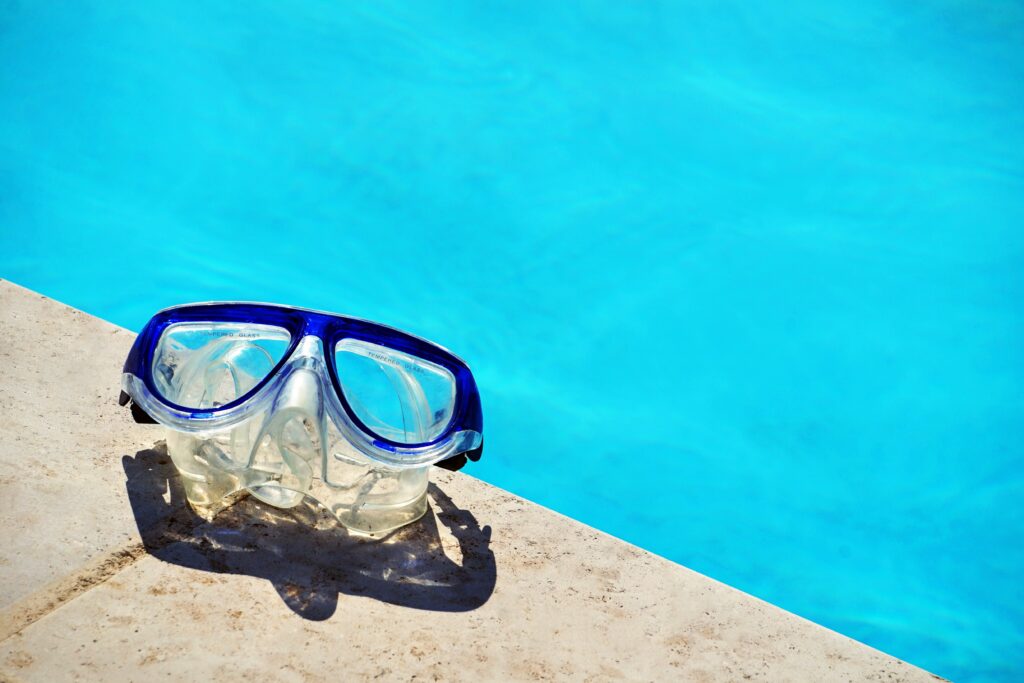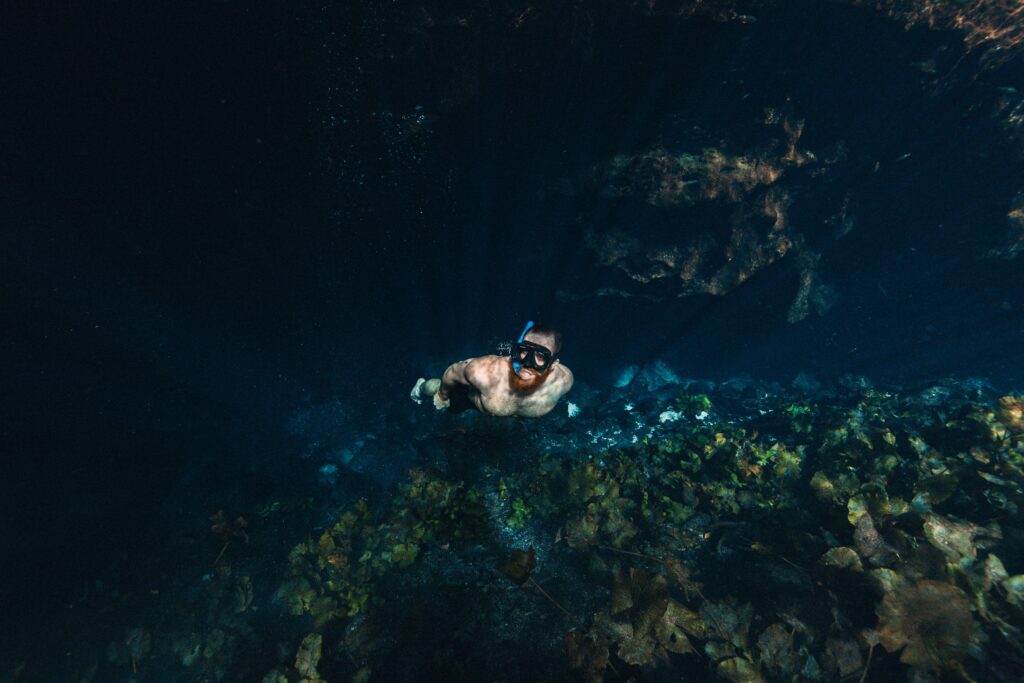
01 Mar 5 Snorkeling Tips for First Timers
Snorkeling is best enjoyed in tropical islands with lots of underwater scenery. Thankfully, countries like the Philippines have amazing choices like those in Palawan island. And if you’re lucky, you can even find affordable hotels in Coron and other tourist spots that come with their own great diving spots. These are great for marine life enthusiasts and average tourists alike.
But if you’re an aspiring snorkeler who wants to enjoy great underwater sights, its best to read up on some important safety tips. This is sure to make your first experience truly memorable—and safe. From knowing what type of gear to use and how to use them, let’s take a look at five important tips you need to know:

Clearing your snorkel
Aside from securing your diving mask tightly to prevent water from leaking in, one of the first things any newbie should learn is how to clear snorkel tubes.
Water will always splash into the tube and get in the way of your breathing, especially when you dive. Thankfully, new models come equipped with a purge valve and a splash guard. By adjusting the valve and simply blowing the water out, the snorkel can blast it out of the tube. Snorkels equipped with these purge valves can also force the water out through the bottom of the mouthpiece.
Another way of doing this is called the “displacement clear,” which is used for older models without a purge valve. To do this, you need to look straight up and exhale a small amount of air into the snorkel as you surface. The water pressure will change as you ascend and the air will expand to push the water out of the snorkel. This allows the tube to clear it out when you rise from the water.
Defogging your mask
When exposed to heat, any moisture in your mask can cause it to fog up and block your view underwater – this applies to both scuba and snorkel diving masks. Newly bought masks have this problem as well, since they may still contain chemical residue from the manufacturing process.
There are a couple of ways to prevent mask fogging, some of which include treating the lens with a defogging agent or diluted baby shampoo if you’re on a budget.
For defogging solutions, these can be applied by putting a few drops of the liquid in the mask, rubbing it around with your finger, and rinsing most of it off with fresh water. Keep in mind that these are made to coat the lenses, so be sure to leave a thin layer of it inside the mask.
If you prefer a cheaper alternative, watered-down baby shampoo can be used in the same way. Simply rub a few drops into the lens and then rinse it out with fresh water to prevent your mask from fogging. Using baby shampoo is preferable to standard variants if only because it’s hypo-allergenic and won’t sting your eyes.

Decide between wetsuits or float vests
Wetsuits and float vests are two must-haves for any snorkel diver, the question is which one to use.
For more experienced swimmers, wetsuits are the go-to choice. They’re great for preventing dangerous sunburns, plus they provide protection from jellyfish tentacles. Some variants even provide additional buoyancy if they’re made with 100% neoprene foam. The suit’s fibers can trap gas particles in them, which help in keeping you afloat.
If you aren’t a strong swimmer or if you don’t have the stamina to stay in the water for a long time, using a float vest is a more practical option. Consider using a type that goes around your waist or one that straps across your shoulders for this. You can rest on them whenever you want, saving you from wasting a lot of energy and allowing you to observe the underwater scenery with ease. They also help keep you from being swept away in places where currents can be swift.
Don’t forget your fins
Snorkel fins allow you to swim faster in the water, especially in strong currents. They also provide an added layer of protecting your feet in case you accidentally come into contact with rocks and coral, both of which can cause cuts in unprotected feet. Wearing fins can also give you an easier time treading water, saving you more energy. There are two main types of fins that you can use: Open fins and closed-foot fins.
The first one allows you to wear beach boots, which provide insulation against colder water at deeper areas depths. They can also act as an additional layer of protection for your feet, especially when diving in rocky beaches. Closed-foot fins on the other hand, are cheaper and lighter to wear. This gives more control and maneuverability underwater, letting you move faster without the extra weight.

Location matters
For first-time divers, a beach with shallow waters is an ideal spot for practice. Diving from a boat into deep waters can be a little daunting unless you’re wearing floaters. This will give you time to test out your equipment and get the feel of swimming around in them. As much as possible, try to go in calm waters as well. Waves and currents will only make it harder for you to swim, preventing you from fully enjoying the experience.
When diving, try to pick a spot that has interesting places to see, such as the giant clam sanctuary in Samal Island. Don’t forget to have a buddy or an experienced snorkeler with you just in case of any emergencies, like cramps or injuries. Lastly, make sure that you practice in a beach that has a lifeguard.
Now that you have these 5 tips in mind, all you need is to pick your destination and your gear. Remember to do your research on the most appropriate gear to pack and the beaches you would like to visit beforehand. Get started by booking your next trip to your next destination with your preferred travel agent and dive right into the best that nature has to offer.

